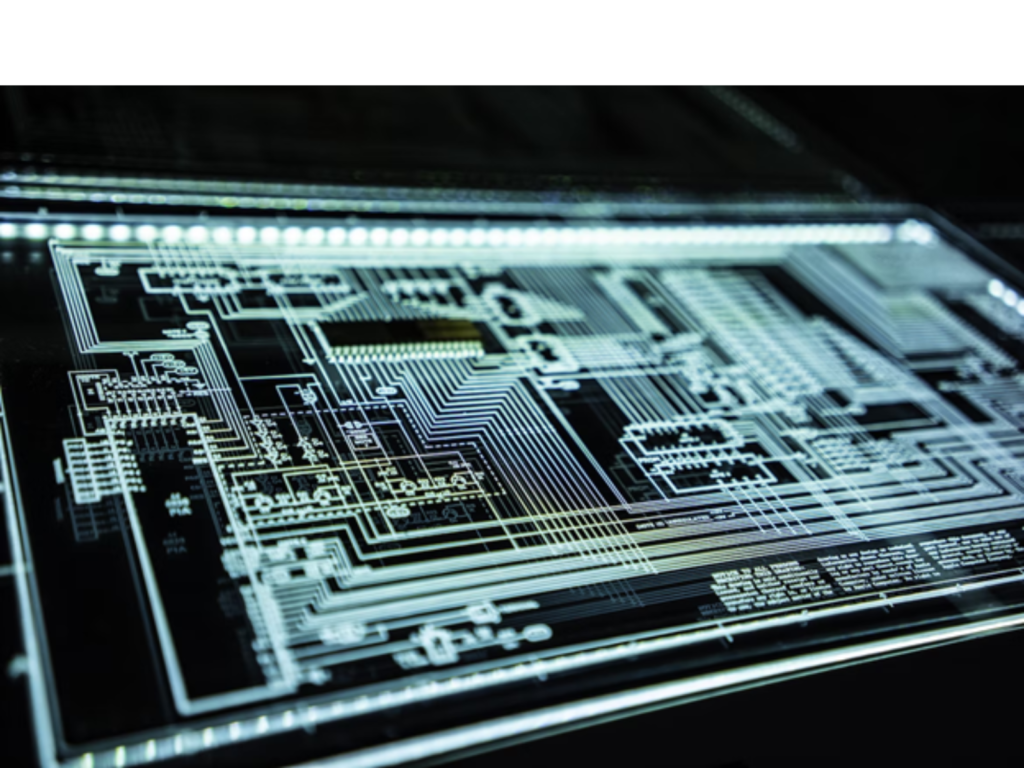How Businesses Can Fortify Their Cybersecurity Measures
Cyber threats are commonplace, and every business that operates online is at risk. Regardless of the cybersecurity measures they have in place, there is a chance that hackers can find their way in and carry out malicious acts. Therefore, companies must constantly look for ways to protect themselves.
Cybercriminals consistently evolve their tactics to cope with new security measures, so companies should always be a step ahead of them. One of the services businesses use to tackle these ever-evolving cyber threats is Managed Detection and Response (MDR).
What is Managed Detection and Response?
This is a service that helps a company identify and deal with cyber threats before they can cause harm to their IT infrastructure. While this is effective, recruiting and training cybersecurity professionals to effectively look out for threats 24/7 can be costly. Small and medium-sized companies might have difficulty affording this service, but leaving their computer vulnerable to cyber attacks is not an attractive alternative.
This is why MDR is usually outsourced to third-party service providers that use a combination of software and cybersecurity personnel to achieve those goals. The personnel is tasked with network monitoring, incident analysis, and threat response. Outsourcing this service to the proper organization ensures threat protection while eliminating the need to hire more workers.
Features of Managed Detection and Response
As a business owner, here are the features you should expect when you integrate Managed Detection and Response into your company:
1. Preemptive Threat hunting
A company’s default threat detection system might not pick up all security incidents until it is too late. MDR eliminates these security lapses by proactively scouring their computer network to find anything suspicious, like a trojan horse, and mitigate them before they can harm the system.
2. Preliminary Alert Assessment
Security incidents can cause different degrees of harm. A Managed Detection and Response service can quickly assess each incident’s threat level, sorting them according to the priority in which they should be handled. This prompts cybersecurity personnel to focus on the most critical threats first.
3. Investigation of Security Incidents
In-house staff can get weary of investigating all security alerts (some of which can be false positives), leading to slow responses that can harm a company’s IT systems and customer data stored on the cloud. However, MDR service providers will use a combination of human effort, machine learning, and data analytics to investigate every alert to ensure water-tight security.
4. Threat Mitigation
Discovering threats is one thing; mitigating them is another. Managed Detection and Response services respond appropriately to all security threats, eliminating them from the system and ensuring the same threat does not reoccur.
Endnote
Every company seeking to avoid cyber threats like malware, ransomware, and DDoS attacks should use Managed Detection and Response services. MDR significantly improves a company’s cybersecurity protection and makes it difficult for cybercriminals to infiltrate their network.
Working with a third-party organization to provide this needed service will eliminate the need to put more staff on their payroll while getting the required expertise to ensure they get adequate protection.
